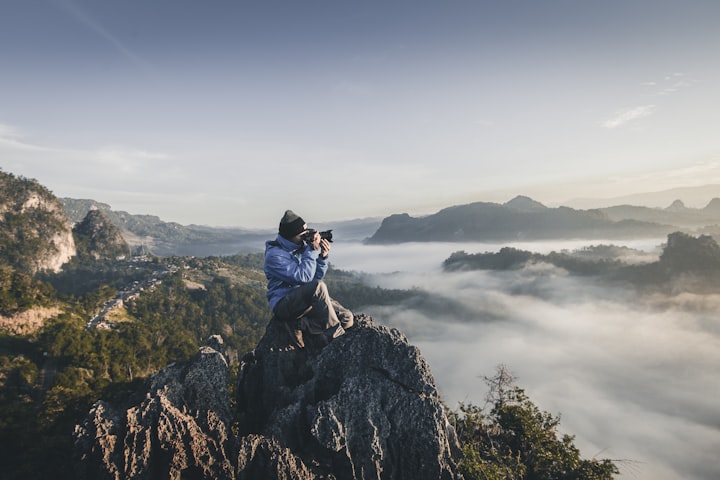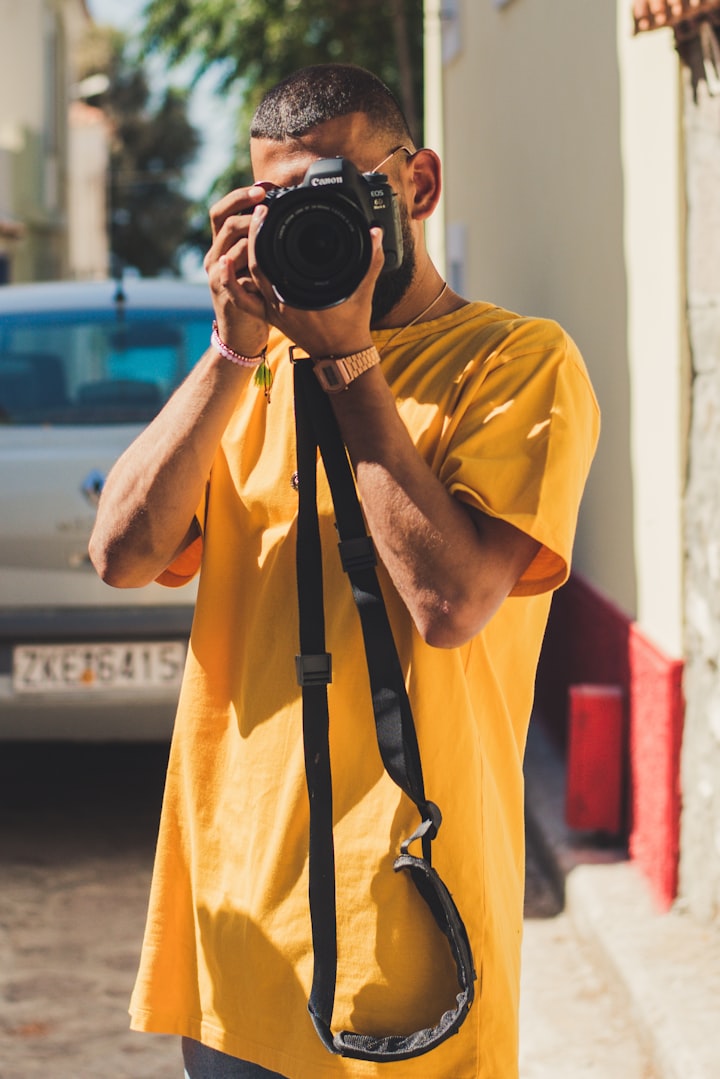
Photography, because it draws from reality faithfully, work with the real world in such a way that our mind's images and the world of objects do not appear to be different save for one: it appears to be frozen in time. Photographers support and encourage this and we enjoy the illusion. Adding to this that the printing of a photograph, returning it to the world of objects (today's digital image not withstanding) fixed in time, is an effort that consists of both set processes and interpretive processes.
In the interpretive area life's experiences are brought into play and help to give the result a "living" quality. It is here that the art of photography becomes obvious and a printer "experiences" the photographic subject anew.
Once, years ago, I spent days printing photographs for an exhibit of San Francisco before the turn of the century; before the earthquake and fire of 1906. While printing these photos I "enter" the world they represented to adjust the highlights and shadows and bring out the details of the photograph. After doing this for several hours I was absorbed by the world in this two dimensional form and, by adding my everyday experiences to the print, I could sense the streets as they were presented, the light as it made angles in the corners of the windows, as the people were dressed and caught walking or sitting. In short as a moment in any age including the one in which I live.
After finishing my work for the day I would reenter the street of the same city with the view from the photos fresh in my mind. So striking was the contrast made by the passage of time. To have the two worlds at one moment was a very fleeting yet real and revealing experience.
So, to bring home this point, take this example. I have traveled often over the last two decades, and it has been my good fortune to experience travel in a liberated fashion. By this I mean to have the time to allow the experience of travel to be developed without design or the constraint of a schedule. Often I would not have planned to be in a certain area or a particular village or town of that area and yet find myself there and having that experience at an unhurried pace.
During one such travel experience in Europe I was in the Alsace region of France. The year was 1990 and this was my first time. I entered this region through the area from Brussels and Luxembourg. Passing Strasburg without much attention I took a route, I do not know which, and drove south to Colmar. Apparently, somewhere mid-point between Colmar and Strasburg, I stopped in a village, which is one of many that comprise the region's "Route de Vin". Those half timber houses with flowers spilling out of their windows were new to my eyes and, adding the fountains decorated with flowers too, there was a sense that these components of the village addressed the life of another time and did not belong to the 1990's. I had not mark the village's name but walked around for about an hour photographing with a medium format camera in black and white. Again I took the road out of the village and continued to Colmar.
This negative strip was developed in my darkroom on returning to the states. Two of the negatives twelve images appealed to me and I printed them in my darkroom. One was a photograph of the fountains with many flowers. This shot combined a sharp image of the fountain and flowers with a short focus field. Because of the shallow depth of field, the building behind the fountain was blurred and only suggested the half-timber construction typical of the region. The other photo was of a Patisserie and Boulangerie in the village. This establishment was protected against the afternoon sun by an awning printed with the product of the business "PATISSERIE----BOULANGERIE". This awning was of a light color with large, dark vertical strips absent only around the lettering. It was rounded at the sides and came down to about six feet from the ground. Above the awning were several closed and partially closed shutters the type well known in France.
Over the ensuing twelve years I printed and reprinted these photographs trying different paper contrasts and print sizes. In this way the scene became a part of my world, as the prints were a part of my possessions.
Recently, I had the pleasure of driving up the west side of the Vosges Mountains and visiting the cities Besancon and Nancy. The Place Stanislas in Nancy and the historic building of Besancon are worth a trip in themselves. The road continued to the northern Vosges and then south to Strasburg. The day was warm and the streets of Strasburg were crowded. After a café in front of the church I took the autoroute A35 out of the city heading south to Colmar. I had picked up a Gite de France book at the Tourist Office in Strasburg and call several on my portable for availability. Having changed routes to the N83, a name on a sign struck a familiar cord as perhaps a Gite for weeks stay. At the end of the exit road was Dambach de Ville. It was obvious this was the same village of twelve years past. There, on a rue connecting the two medieval entrances, was the fountain and the Patisserie. The awning in place, still shading the interior from the afternoon sun as it makes its way behind the Vosges Mountains situated behind the village, the lines of the vineyard's grape vines winding up the piedmont.
Each photograph is an historic document. Scenic photos document the slowest changing history; mountains and forests, rivers and meadows. Photos taken in cities may be the evidence of faster change. Building is removed and new ones take their place. Streets are altered and the details of the scene may be changed beyond recognition. If we "read" the photograph the process of change and the passage of time determining factors in history-become apparent. The next morning I had a chance to enter and have a café in a piece of personal history. As I sat and reflected on the meaning there was a delivery of cakes and pastries; the daily life of Dambach de Ville began.






Comments
There are no comments for this story
Be the first to respond and start the conversation.